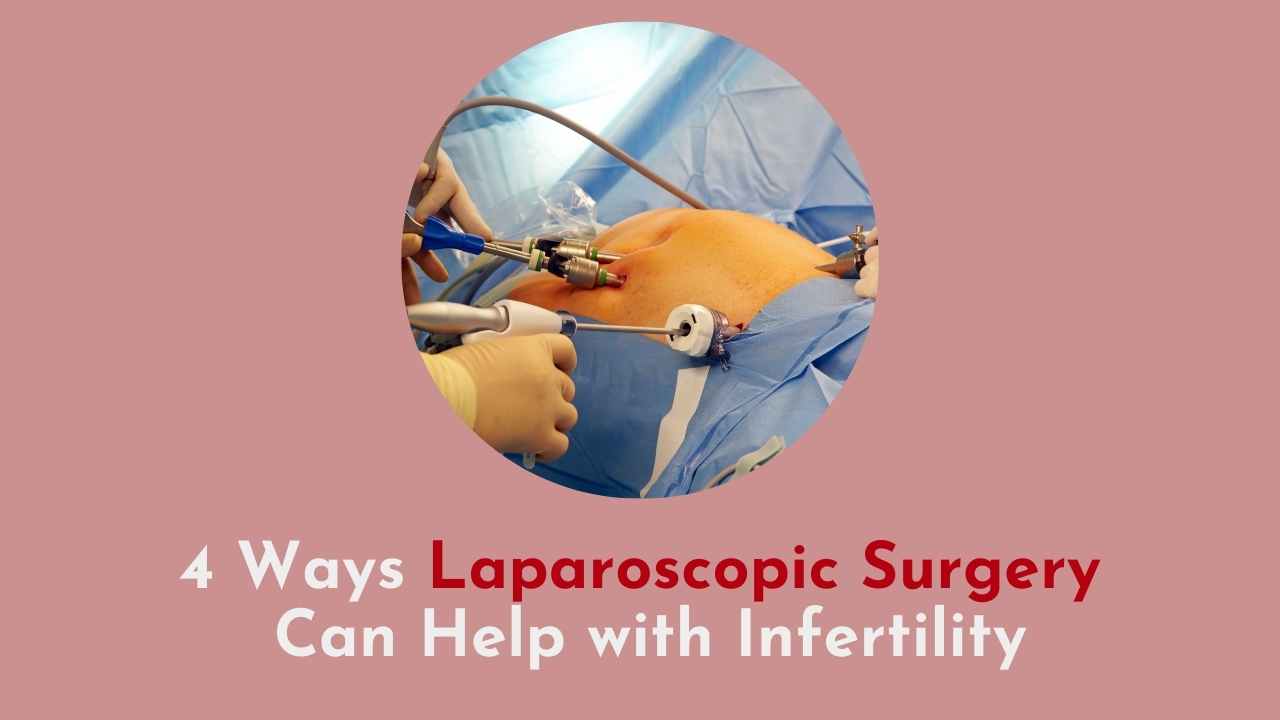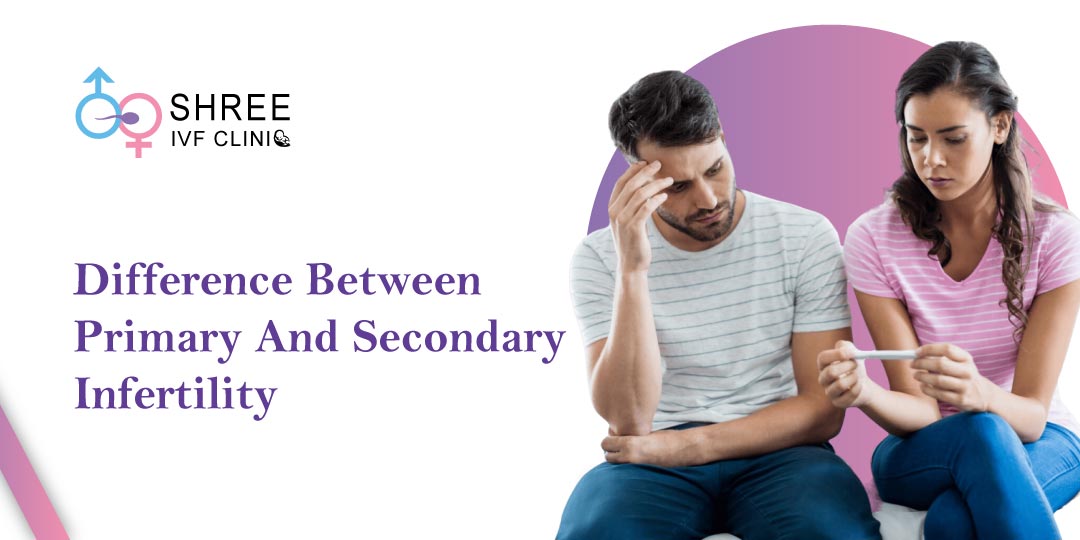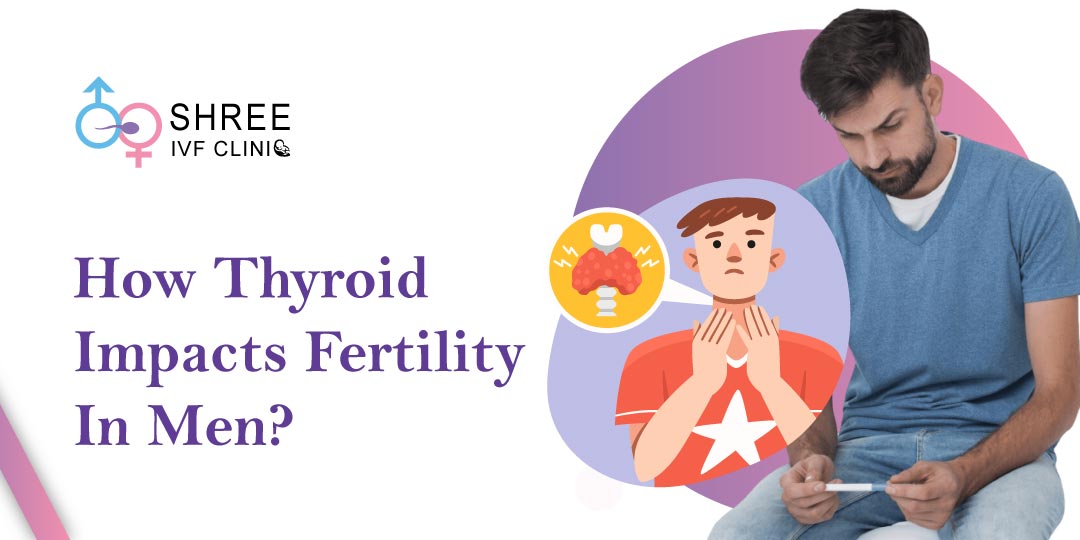4 Ways Laparoscopic Surgery Can Help with Infertility
UPDATED ON 23 MAY. 2022

AUTHOR
Dr Jay Mehta
Scientific Director & IVF Specialist with 10+ years of experience
TREATMENT
CONDITION
GET IN TOUCH ON
A laparoscopy surgery allows a fertility doctor to examine the abdomen. The uterus, fallopian tubes, and ovaries are all found in the pelvis, which is located near the bottom of the abdomen in females. The fertility specialist can use laparoscopy to look for abnormalities that could prevent a woman from becoming pregnant. Endometriosis, pelvic adhesions, ovarian cysts, and uterine fibroids are the most prevalent issues.
Patients who get a laparoscopy, on the other hand, recover faster and with less pain.
1. Endometriosis Treatment
Endometriosis is a condition in which tissue similar to the uterine lining grows outside of the uterine cavity. The endometrium is the lining of your uterus.
Endometriosis occurs when endometrial-like tissue develops on your ovaries, intestines, and pelvic tissues. Endometrial-like tissue rarely spreads beyond the pelvic region, but it is not impossible. An endometrial implant is an endometrial-like tissue that grows outside of your uterus.
Severe menstrual pain and discomfort, breakthrough bleeding between periods, irregular urine, unusual lethargy, and painful intercourse are all indications of this illness. This illness causes swelling and scarring in the fallopian tubes and fimbriae, making it difficult for sperm and eggs to survive. Because the scar tissue fully clogs the fallopian tubes, the fertilized eggs cannot reach the uterus.
Although this type of surgery can alleviate your symptoms and increase your fertility in certain cases, difficulties can arise again, especially if some endometriosis tissue is left behind.
The following are some easy ways to relieve endometriosis pain:
- Relax, unwind, and meditate.
- Bathe in warm water.
- prevent constipation.
- Exercise regularly.
- On your abdomen, place a hot water bottle or a heating pad.
Endometriosis can be definitively diagnosed and treated via laparoscopy, a less invasive surgical procedure. In infertile women, utilizing laparoscopy to eliminate diseased tissue in moderate and mild endometriosis improves fecundity (fertility).
2. Ovarian Cystectomy
An ovarian cystectomy is a surgical procedure that removes a cyst from the ovary. An ovarian cyst is a sac filled with fluid or semisolid material that develops on or within one of the ovaries. The ovaries are small pelvic organs that generate and store female hormones and egg cells.
The majority of ovarian cysts are tiny and cause no concerns. You may have pressure, discomfort, swelling, or aching in one side of your lower tummy when you have symptoms. It may be harsh or mild, and it could come and go.
Your doctor can inspect your ovaries and remove the ovarian cyst through tiny incisions using a laparoscope, which is thin, illuminated equipment inserted into your abdomen through a small incision. Anesthesia is required for this surgical technique.
The goals of a laparoscopic ovarian cystectomy include minimal blood loss, quick procedure, and ovarian tissue preservation. It is critical to keep the cyst intact to minimize the unintentional spread of undiagnosed cancer and, in the case of a dermoid cyst, to avert chemical peritonitis.
Laparoscopic surgery is a minimally invasive procedure that requires only a few small incisions in the lower abdomen.
Cyst removal surgery can help with pain, bloating, and the pressure of the cyst pressing against other parts of your pelvis. Most patients can return to work in a week and start strong physical exercise, such as running, in two weeks following laparoscopic surgery.
If you’ve had open surgery, you’ll need to rest for six weeks and avoid heavy lifting and intense exertion.
3. Myomectomy
The surgical excision of uterine leiomyomas, often known as fibroids, is referred to as myomectomy or fibroidectomy.
The uterus is seen and fibroids are found and removed using the laparoscopic method. During a myomectomy, the surgeon aims to remove symptom-causing fibroids while also reconstructing the uterus.
A myomectomy, unlike a hysterectomy, removes only the fibroids and leaves the uterus intact. Although myomectomy is extremely effective, fibroids can grow again. You are more likely to develop fibroids again in the future if you are younger and have more fibroids at the time of myomectomy. After a myomectomy, women approaching menopause are the least likely to get recurrent fibroids.
Your doctor may advise you to have this procedure if your fibroids are causing symptoms such as pelvic ache, prolonged durations, erratic bleeding, frequent urination, etc.
Within a year following surgery, women who receive a laparoscopic myomectomy with or without robotic assistance had good pregnancy outcomes. To allow your uterus to heal after a myomectomy, you should wait three to six months before trying to conceive.
4. Lysis of Adhesions
A technique called lysis of adhesions eliminates scar tissue that causes abdominal and persistent pelvic pain.
Scar tissue grows as part of the healing process following surgery, but it can also form as a result of an infection or an inflammatory illness like endometriosis. Any adhesions in the area are then removed and destroyed.
Adhesion lysis is commonly done laparoscopically, which is a minimally invasive procedure that allows the surgeon to see and break adhesions through small incisions in the abdomen.
Adhesions can cause no symptoms in some circumstances, but the most typical ones are as follows:
- Periods of extreme lightness or no periods (amenorrhea).
- Menstrual cramps and severe pelvic pain
- Recurrent miscarriage or difficulty becoming pregnant.
Abdominal surgery can be performed laparoscopically or openly. Surgeons create small cuts in the abdomen and introduce special equipment to see, remove, or repair organs and tissues in laparoscopic surgery, which is becoming increasingly popular. A larger cut is made to open the abdomen in open surgery.
Why laparoscopy is done for infertility?
Laparoscopy is used to assist treat infertility in the following situations:
First and foremost, uterine fibroids that need to be implanted or where the baby has to fix itself within the uterus must be addressed utilising laparoscopic operations.
Sometimes the uterus is irregularly formed, or it is a bi-cornuate uterus. It may prevent a woman from becoming pregnant. It could also be a septum, which is a separation within the uterine walls that impedes or even causes miscarriage. Laparoscopy is used to help women conceive by removing this.
In many circumstances, endometriosis causes the uterus, tubes, and ovaries to become tangled together. As a result, normal functioning is compromised. By removing the adhesions between them via laparoscopy, they can resume normal functioning and increase their chances of fertilisation.
Laparoscopic surgery is used to unblock obstructed fallopian tubes. Women’s chances of conception improve dramatically if such an impediment is removed.
Laparoscopy is the only way to diagnose some reasons for infertility. Your doctor can use laparoscopy to not only observe what’s going on inside your abdomen but also to biopsy any worrisome growths or cysts.
Also, certain causes of infertility can be treated with laparoscopic surgery, giving you a better chance of becoming pregnant naturally or with fertility treatments.
A laparoscopy, in comparison to other surgical operations that can help a doctor discover the cause of infertility, entails:
- less intrusive procedures
- infection risk is reduced
- scars are smaller
- the prospect of resolving the problem during surgery, making recovery easier
Furthermore, if a person is treated during the process, their chances of becoming pregnant may improve straight away.

4,790+
379K+
” Every individual and couple’s journey is unique, and
finding the right solutions tailored to their specific
circumstances can make all the difference “
Benefits of Laparoscopic Surgery for Infertility
Some of the advantages of laparoscopy for infertility are as follows:
- Laparoscopy is the only way to diagnose certain infertility issues.
- It enables your doctor to do a thorough and detailed examination of your abdominal region to uncover numerous conditions that could be causing infertility.
- Laparoscopy is also beneficial in addressing some reasons for infertility, increasing your chances of becoming pregnant naturally or with other infertility treatments.
- It assists in the alleviation of pelvic discomfort and pain.
- It can also aid with endometrial deposits, scar tissue, and fibroids removal.
- This surgical approach is less intrusive than open surgery, which implies less pain, minimal blood loss, fewer incisions, and speedy recovery.
In addition, laparoscopic treatment is done under a general anesthetic, which means you won’t feel anything during the procedure.
Shree IVF Clinic’s unique approach to treating Infertility
Infertility occurs when a couple is unable to conceive after engaging in regular unprotected sexual activity.
Shree IVF clinic offers a variety of infertility treatment options, including infertility assessment, azoospermia treatment, IVFI treatment, ICSI, follicular study, IMSI stem cell in IVF, IUI, and genetic screening.
The clinic situated in mumbai also provides a comprehensive variety of services in Gynaecology, Urology, Gynaecology Cancer, Infertility, Laparoscopic surgery, and Maternity. till mow more than 10000+ Laparoscopic surgeries has been performed successfully.
They provides all the services which is needed for the patient suffering from infertility.
Dr.Jay Mehta is a top Gynaecologist, Fertility Specialist, and Laparoscopic Surgeon in Mumbai.
AUTHOR
Dr Jay Mehta
Scientific Director & IVF Specialist with 10+ years of experience
TREATMENT
CONDITION
CALL US 24/7 FOR ANY HELP
GET IN TOUCH ON
Share Article on
Recommended Reading
How Long Can Sperm Live Inside the Female Body?
Sperm live inside the female body depends on a certain number of factors. sperm can survive inside female partner’s body is 5 days.
Difference between Primary & Secondary Infertility
In this blog, we’ll understand the difference between Primary & Secondary Infertility.
Understanding How Thyroid Affects Male Fertility
We’ll be discussing the effects of hypothyroidism (underactive) as well as hyperthyroidism (overactive).




